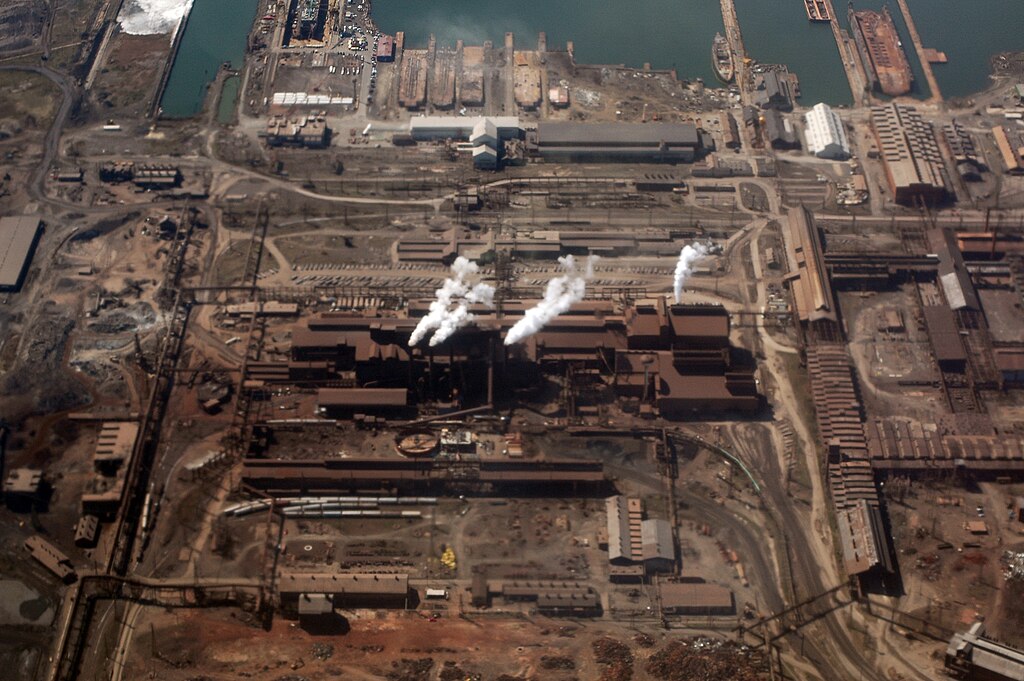The U.S. Environmental Protection Agency (EPA) recently announced more than $1 billion in funding for 110 Superfund projects. The upcoming project sites are scattered throughout the country. All locations are contaminated by industrial waste, and remediation is critically needed. Usually, the agency orders the responsible party to remediate the site, but when no party can be identified, the EPA conducts the clean-up work. The EPA funds the project and selects private-sector firms to provide the services.
This funding allocation is the third and final installment from the Bipartisan Infrastructure Law (BIL) for the Superfund program. Initially, Congress appropriated a total of $3.5 billion. The new funding supports 25 new projects and additional work on 85 ongoing cleanup efforts.
A brownfield project is located on a site where hazardous substances have been environmentally contaminated, and the land is unusable until it has been cleaned. The EPA’s Brownfields Program still has about $1.2 billion at its disposal to remediate sites contaminated by substances such as lead, petroleum and asbestos. However, not all remediation projects are funded by federal programs. Regional funding is often also found for remediation efforts.
The EPA plans a $45 million cleanup project for the Bear Creek area, a site next to the Sparrows Point Peninsula in unincorporated Baltimore County, Maryland. The peninsula was formerly the home of steelmaking and shipbuilding industries and the ground and surrounding water is contaminated with sediments and toxic chemicals. Because the longtime owner of the property declared bankruptcy in 2001, it fell to the EPA to clean up the area.

Photo: Sparrows Point Steel Plant. Courtesy of Jeff Kubina.
This project will involve dredging the creek floor to remove hazardous materials in the sediment. Then, the floor will be covered with a cap of 2 feet of new sand. Due to the contaminants involved — including polychlorinated biphenyls (PCBs), heavy metals, arsenic and grease — this project will remain on the National Priorities List until the clean-up is completed. That effort is scheduled to start in the summer of 2025.
The city of Rancho Palos Verdes, California, has received funding for more work on a $33 million remediation project that will reduce land movement on one of the largest active landslides in the U.S. The state of California deemed landslide activity as a state of emergency because of the damage it caused to local roads, utilities and homes. Now, a series of wells will be constructed to remove water from the ground and relocate it to the nearby ocean. The objective will be to dry the landscape enough to prevent future sliding damage. Other project components include minimizing or reducing the flow-reduction area, reducing footprints from drainage swells, maximizing support for native habitats and relocating hydrauger batteries to more accessible and ecofriendly regions. More than $23 million in federal funding has been allocated through a FEMA program. Councilmembers serving the city of Rancho Palos Verdes will oversee the project. Construction will begin in 2025.
The EPA will oversee a $576 million project to remove cancer-causing polychlorinated biphenyl contaminants (PCBs) from the Housatonic River in Pittsfield, Massachusetts. An electric transformer plant adjacent to the river had been discharging contaminants into the river for decades, polluting its water. In fact, the entire floodplain has been impacted, and wildlife cannot survive there. Several remediation projects have already been carried out in the area, but more work is needed. The upcoming project will restore about 5 miles of the Housatonic River from Garner State Park in Pittsfield. The project will cover 325 acres of floodplain, the river and its backwaters. The total amount of sediment to be removed is estimated to be about 10,000 cubic yards. As it is removed, the contaminated material will be routed around surrounding communities to avoid further exposure to residents. Conceptual design for the project is currently underway and construction will begin in 2026.
A project planned for an area in Raleigh, North Carolina, will remove a city-owned maintenance facility, surrounding buildings and pavement in a remediation effort. The project has a budget of $19 million to remediate the area around Smoky Holly Park. This will involve removing contaminated groundwater and soil and restoring and relocating a portion of a stream. The project will also improve stormwater management and create recreation and gathering spaces with walking paths throughout the park. The location formerly hosted landmarks such as the Devereux Meadow baseball stadium, built by the Works Progress Administration in the 1930s, so some historic preservation is anticipated in the final plan. This project is funded by $13.5 million from parks bonds along with $5.5 million in city funding for stormwater management. The project is in the permitting process, with construction scheduled for 2025.
Funded through local tax increment financing, the city of Saint Albans, Vermont, has allocated $11.4 million for remediation efforts at several polluted brownfields in the city’s downtown district. A contractor will be selected to construct two affordable housing apartment buildings on the remediated site. The construction cost for the two buildings will be approximately $25 million after the remediation work is completed. The project will also include remediation of a brownfield area to allow for the construction of a parking lot. The city hopes to begin the remediation work with design underway next year.
Similar projects are funded, and many are already in planning phases throughout the U.S. Remediation funding will continue even though the BIL funding is now exhausted. Critical clean-up initiatives often receive funding from other programs and local financial support.







